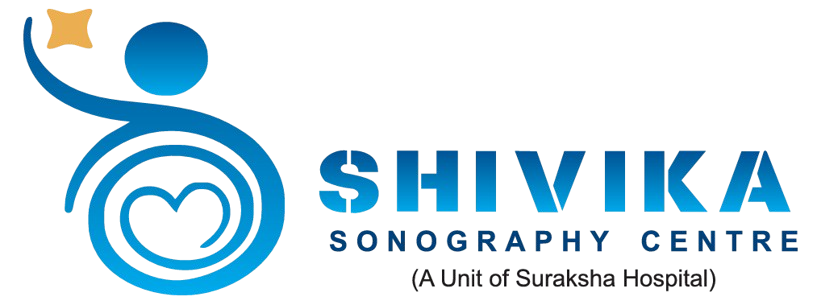Whole Abdomen Sonography
A whole abdomen sonography, also known as an abdominal ultrasound, is a non-invasive diagnostic test that uses high-frequency sound waves to produce images of the abdominal organs. This test is suitable for:
All age groups: From newborns to children, adults, and the elderly.
Both men and women: Regardless of gender.
Common Symptoms Requiring Whole Abdomen Sonography
Abdominal pain
Nausea and vomiting
Loose stools
Abdominal distension
Blood in urine (Haematuria)
Conditions Diagnosed by This Test
Gallstones
Kidney and ureteric stones
Fatty liver
Fluid accumulation in the abdomen (ascites)
Other abdominal abnormalities
Debunking Sonography Myths
Contrary to popular belief, it is not always necessary to undergo sonography on an empty stomach. While fasting overnight is ideal for gallbladder scanning, it is not mandatory for other abdominal organs.
Transabdominal Pelvic Sonography
A transabdominal pelvic sonography is a non-invasive ultrasound scan performed over the abdominal area. This scan is typically recommended for:
Young, unmarried females: As an alternative to transvaginal scans, which may not be suitable for this demographic.
Common Indications for This Scan
Menstrual irregularities
Lower pelvic pain
Conditions Diagnosed by This Test
Polycystic Ovary Syndrome/Disease (PCOS/PCOD)
Ovarian cysts
Ovarian torsion
Large uterine fibroids
Thickness of the uterine lining (Endometrium)
In Elderly Males, This Scan Helps To:
Evaluate the size and morphology of the prostate gland, which can become enlarged with age, leading to urinary complaints.
Calculate the Post Void Residue (PVR) after voiding to check for residual urine, which can increase the risk of urinary tract infections.
Basic Tip for a Successful Pelvic Sonography
For accurate scanning of pelvic organs (uterus, ovaries, and prostate), it is recommended to arrive at the sonography center with a full urinary bladder (urge to pass urine). It generally takes 30-45 minutes to completely fill an empty urinary bladder after drinking 1 liter (roughly four glasses) of water.
Routine Health Check-Ups Sonography
Abdomen and pelvic sonography have become an essential component of routine health check-ups, ideally performed yearly. This non-invasive, radiation-free screening tool offers numerous benefits, making it an ideal modality for detecting various diseases.
Why Choose Sonography for Routine Check-Ups?
Non-invasive: Painless and no risk of complications.
No radiation: Safe for repeated use, especially for long-term monitoring.
Easily available: Widely accessible in medical facilities.
Quick process: Fast examination time, typically taking only a few minutes.
Immediate results: Instant diagnostic insights, enabling prompt medical decisions.
Benefits of Annual Sonography Check-Ups
Detect potential health issues early.
Monitor existing conditions effectively.
Enjoy peace of mind knowing your health is being proactively managed.
Make this safe, convenient, and informative screening tool a part of your preventive healthcare routine. Book your appointment now with our healthcare experts!


